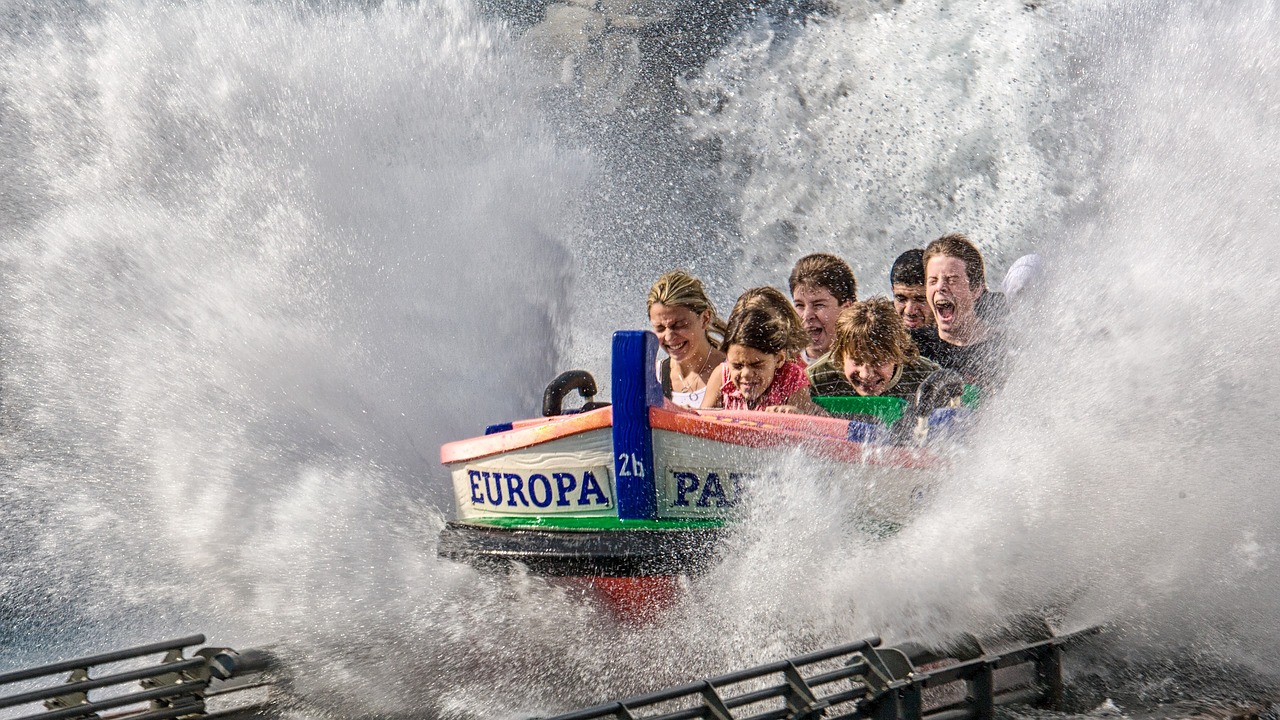The Role of Film Production Set Painters
11xplay sign up, king567 create account, skyinplay agent login:The Role of Film Production Set Painters
Lights, camera, action! Behind the scenes of every movie or TV show you watch, there is a team of talented individuals working tirelessly to bring the director’s vision to life. One crucial member of this team is the film production set painter. While they may not always be in the spotlight, set painters play a vital role in creating the immersive worlds that we see on our screens.
In this blog post, we will dive into the world of film production set painters and explore the important role that they play in the entertainment industry.
What Does a Film Production Set Painter Do?
Film production set painters are responsible for creating and maintaining the look of the sets used in movies, TV shows, and commercials. Their job is to bring the director’s vision to life by painting and finishing the various elements of a set, such as walls, floors, and props.
Set painters work closely with the production designer and art director to ensure that the sets accurately reflect the time period, location, and mood of the story being told. They must be skilled at recreating different textures and finishes, from the weathered look of an old farmhouse to the sleek modern aesthetic of a high-tech laboratory.
Set painters also play a crucial role in creating the illusion of depth and dimension on a flat surface. Through the strategic use of color, shading, and perspective, they can make a small set appear much larger on camera, or vice versa.
In addition to painting sets, film production set painters may also be tasked with creating faux finishes, aging props, and even creating custom signage or artwork for a scene. Their work requires a keen eye for detail and a mastery of various painting techniques and tools.
How Does Someone Become a Film Production Set Painter?
Becoming a film production set painter typically requires a combination of formal training and hands-on experience. Many set painters start their careers by studying fine arts, painting, or design at a college or university. This education provides them with a solid foundation in color theory, composition, and painting techniques.
After completing their formal education, aspiring set painters often gain experience through internships or entry-level positions in the film industry. This hands-on experience allows them to develop their skills and learn the specific requirements of painting sets for film and television.
As set painters gain more experience and build a portfolio of work, they may have the opportunity to work on larger productions and take on more challenging projects. Some set painters may also choose to specialize in a particular style or period, such as historical dramas or science fiction.
What Tools and Materials Do Film Production Set Painters Use?
Film production set painters use a variety of tools and materials to create the stunning sets that we see on screen. Some of the most common tools used by set painters include:
– Paintbrushes: Set painters use a range of paintbrushes in different sizes and shapes to achieve various textures and effects.
– Rollers and trays: Rollers are used to quickly apply paint to large areas, while trays hold the paint for easy access.
– Paint sprayers: Sprayers are used to apply paint evenly and quickly to large surfaces, such as walls or floors.
– Drop cloths: Drop cloths are used to protect floors and furniture from paint spills and splatters.
– Stencils: Stencils are used to create intricate designs or patterns on set pieces.
– Faux finishing tools: Faux finishing tools, such as sponges and rags, are used to create realistic textures like marble or wood grain.
In terms of materials, set painters work with a variety of paints, including acrylic, latex, and oil-based paints. They may also use specialty finishes, such as metallic paints, glazes, and varnishes, to achieve specific effects.
Set painters must also be familiar with safety protocols and practices when working with paints and other chemicals. Proper ventilation, protective gear, and safe disposal of materials are all essential aspects of a set painter’s job.
What Challenges Do Film Production Set Painters Face?
While working as a film production set painter can be incredibly rewarding, it also comes with its fair share of challenges. One of the biggest challenges that set painters face is time constraints. Film and television productions often have tight deadlines, and set painters must work quickly and efficiently to meet these deadlines while maintaining high-quality standards.
Set painters must also be adaptable and able to work in a fast-paced environment. Due to the nature of film production, schedules can change at a moment’s notice, and set painters must be able to pivot and adjust their work accordingly.
Another challenge that set painters may face is working with different directors, production designers, and art directors, each with their own unique vision and style. Set painters must be able to collaborate effectively with these individuals and interpret their creative direction to bring it to life on set.
Additionally, set painters must be able to problem-solve and think creatively. They may encounter unexpected challenges, such as a set piece that doesn’t look quite right on camera or a last-minute change to a scene. Set painters must be able to think on their feet and come up with innovative solutions to these challenges.
What is the Future of Film Production Set Painting?
As technology continues to advance, the role of film production set painters is evolving. While digital effects and CGI are increasingly being used to create realistic and immersive environments, practical set painting remains a crucial aspect of production design.
Set painters bring a tangible, handmade quality to sets that digital effects cannot replicate. Their work adds depth, texture, and authenticity to the worlds created on screen, and helps to ground the story in a physical reality.
As the demand for high-quality content across various platforms grows, so too does the need for skilled set painters who can bring a director’s vision to life. The future of film production set painting looks bright, with plenty of opportunities for talented individuals to showcase their creativity and craftsmanship.
In Conclusion
Film production set painters are the unsung heroes of the entertainment industry, working behind the scenes to create the immersive worlds that we see on screen. Their work is vital in bringing a director’s vision to life and setting the tone for a film or TV show.
Set painters must be skilled in a variety of painting techniques and tools, and have a keen eye for detail. They work closely with production designers and art directors to ensure that the sets accurately reflect the time period, location, and mood of the story being told.
While set painting comes with its challenges, it is a rewarding and fulfilling career for those with a passion for art and design. As the industry continues to evolve, set painters will play a crucial role in creating the visually stunning sets that draw audiences into the world of film and television.
FAQs
Q: What is the difference between a set painter and a scenic artist?
A: While set painters focus primarily on painting and finishing sets, scenic artists are responsible for creating the overall look and feel of a set, including scenic backdrops, murals, and large-scale set pieces.
Q: Do set painters work on location or in a studio?
A: Set painters may work in a studio or on location, depending on the requirements of the production. Some productions may use existing sets or locations, while others may require custom-built sets that are painted on-site.
Q: How can I become a film production set painter?
A: To become a film production set painter, you will need a background in fine arts, painting, or design, as well as hands-on experience in the film industry. Networking with industry professionals and gaining practical experience through internships or entry-level positions can help you break into this competitive field.







